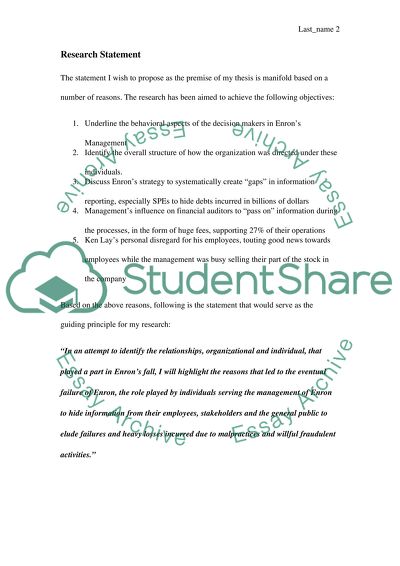Cite this document
(“Enron Research Paper Example | Topics and Well Written Essays - 2500 words”, n.d.)
Retrieved from https://studentshare.org/miscellaneous/1554257-enron
Retrieved from https://studentshare.org/miscellaneous/1554257-enron
(Enron Research Paper Example | Topics and Well Written Essays - 2500 Words)
https://studentshare.org/miscellaneous/1554257-enron.
https://studentshare.org/miscellaneous/1554257-enron.
“Enron Research Paper Example | Topics and Well Written Essays - 2500 Words”, n.d. https://studentshare.org/miscellaneous/1554257-enron.


